Certain US coins with specific designations can fetch a premium price among collectors
By Jeff Garrett for Numismatic Guaranty Corporation (NGC) ……
When I started collecting rare coins about 45 years ago, there was only modest interest in later-date 20th-century coins. Anyone who has collected Jefferson nickels, Mercury dimes, Roosevelt dimes, and Franklin half dollars probably did so by filling out a blue Whitman folder.
Collectors of Standing Liberty quarters were considered a bit more sophisticated, but not by much. At some point in the 1980s, coin collectors started to pay much more attention to these series and began to pay significant premiums for fully struck, Mint State coins. Interestingly, the strike is important, but what is most important is if the coins have a very specific portion of the design stuck well enough to qualify as a:
- Jefferson Nickel with Full Steps
- Mercury Dime with Full Bands
- Roosevelt Dime with Full Torch
- Standing Quarter with Full Head
- Franklin Half Dollar with Full Bell Lines
Collecting these coins has evolved to the point where common and well-struck examples are considered two very different coins of the same date and mintmark. Most other series of coins have certain years and mintmarks that are found weakly struck and sharp examples will bring a premium.
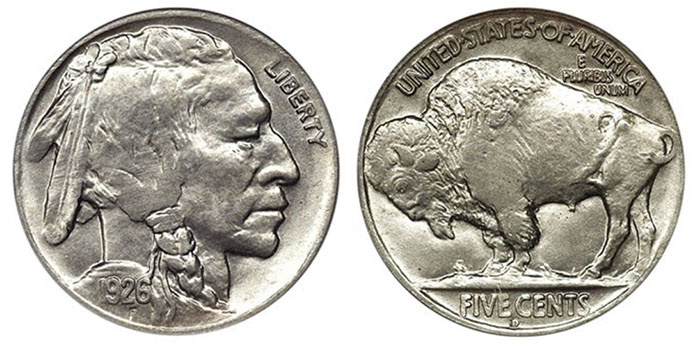
The 1926-D Buffalo nickel is a good example. Coins that are nearly flawless can sometimes be found with the horn missing on the buffalo. These are usually net graded, and collectors of the series understand how to value them. The above series, however, is collected for every date and mintmark by the specific designation of strike (sometimes called a strike character, which follows the numeric grade).
As could be expected when attempting to locate a completely full-struck example of any series by date and mintmark, there are issues that are very elusive. My personal interest in Mercury dimes was piqued decades ago when I came across a superb 1945 Mercury dime. The coin is a blazing Gem and, if turned in the light just right, there appear to be fully struck bands on the reverse. A Gem MS 66 1945 Mercury dime with Full Bands can be worth over $20,000. The same coin without Full Bands is worth around $35.
Unfortunately, my coin has never met the standards for Full Bands. That is why it’s still in my possession. Collectors of these series are only interested in coins that make the full designation. My 98.5% Bands 1945 Mercury dime is still worth only $35.
As can be seen from the above example, some coins that qualify as Full Steps, Full Bands, Full Torch, Full Head, or Full Bell Lines have huge premiums. Each series has a few superstars that are extremely difficult to locate. Let me examine each series and give details about a few of the more famous coins.
Jefferson Nickels

Interestingly, the rarest coins with Full Steps are in the later dates for the series. Early-date Jefferson nickels are very well struck in most cases. Starting around 1950, the quality of striking dropped significantly. The table below shows a few of the issues with the most dramatic price increases. There are a few Jefferson nickels that are virtually unknown with Full Steps: 1960-D, 1961, 1962-D, and 1963-D.
Note: NGC has a more detailed designation for this series. Apparently, a completely fully struck Jefferson nickel has six steps (6FS). Coins with five steps (5FS) are considered Full Step coins; however, a coin with six steps brings an even higher premium. This may sound confusing, and I wish I could offer more information. To be honest, Jefferson nickels are not my specialty. I suggest consulting an expert in the field for more guidance.

Mercury Dimes

Collectors have been paying a premium for fully stuck examples of this series for many years. These are a few of the showstoppers that bring very large premiums for coins with Full Bands (FB) over coins with an average strike.
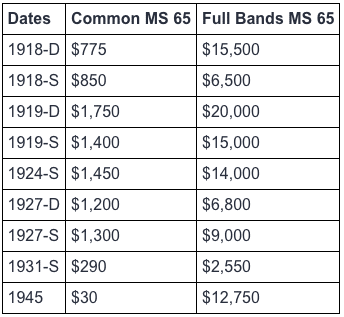
Standing Liberty Quarters
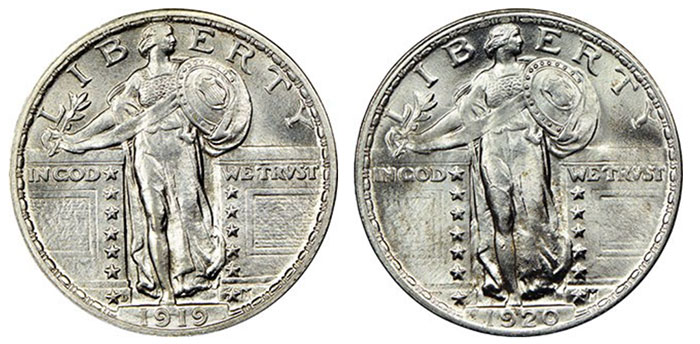
This series is full of very rare and hard-to-locate issues, with or without Full Heads. These are just a few of the coins that bring gigantic premiums for a coin that has been designated as Full Head (FH). In addition to the Full Head designation, specialized collectors of the series also prefer coins with full or nearly full rivets on Liberty’s shield.
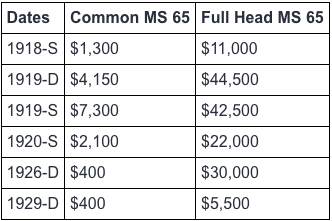
Franklin Half Dollars
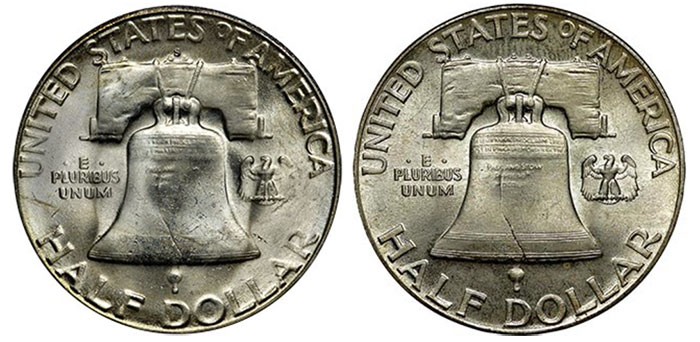
This set is easy to complete in Mint State condition. Coins that are fully struck, with Full Bell Lines (FBL), are another story. Below are some of the highlights of the series. It is worth noting that the 1953-S and the 1963 Full Bell Lines are the kings of the series.
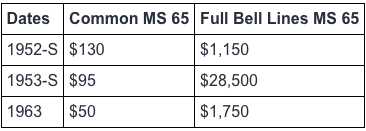
From a quick study of the above information, one could conclude that an interesting collecting strategy would be to buy coins that are very well struck, but just fall short of making the desired “designation” so coveted by specialists. The above-mentioned 1945 Mercury dime would be a great example. Understanding the nuances of each series could be beneficial if one day the market recognizes a premium for the “just miss” coins.
As has been stated many times in this column, the trend of collectors seeking the finest coins for their registry set does explain some of the huge prices for coins that meet designation standards. It is an interesting segment of the market and one that has seen greater interest in recent years.
For anyone more interested in collecting coins in this manner, I suggest attending a few large auctions so that you can see the difference in coins with or without these designations. Collecting rare coins can be relatively simple, but for some, these complicated and sometimes maddening issues are very exciting. Maybe you can find an original roll of Full Bell Lines 1953-S half dollars and take that early retirement you have been dreaming of.
* * *







I have collected the Franklin half Dollars and found out some things on the Franklin halve that are not even talked about and not even notice about them in the 56 there are two types but as I know 56 to 63 only in the Philadelphia mint only there are a Type I and a Type II and it not even notice and a 59 high relief over a low relief eagle
Far too often I’ve come across Franklin halves that are designated FBL that have great bell lines but bag marks are present. These marks are across the lines on the bottom 2 or the top3. Usually light marks are present but enough to break the continuity of the bell lines. PCGS gives fbl for the lower 2 NGC for all 5. This is maddening. I can find an average of 5-7 coins like this each week on Great Collections auction. The reverse is true. I find fbl absent on coins with full lines no bag marks. There’s no continuity of fbl grading. Other bidders notice because I watch the bidding and it shows. High prices for fbls without designation and the opposite. Can someone please do an article on this.
I have a 1989 P with a second P beside it are they normal or an oddity. Are there others..and are there valuble?